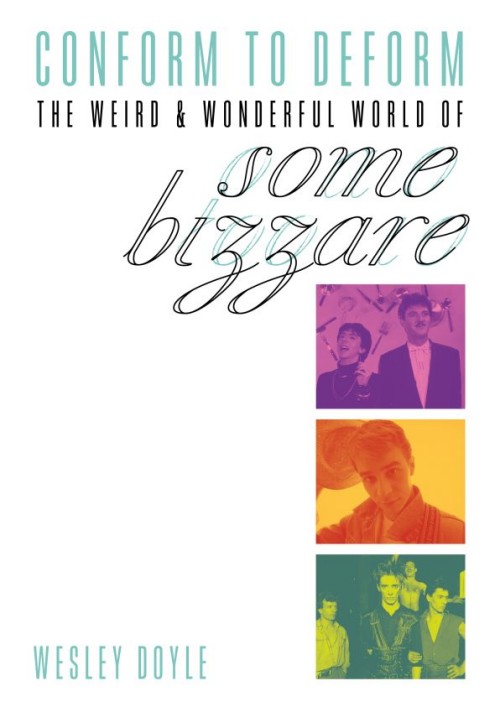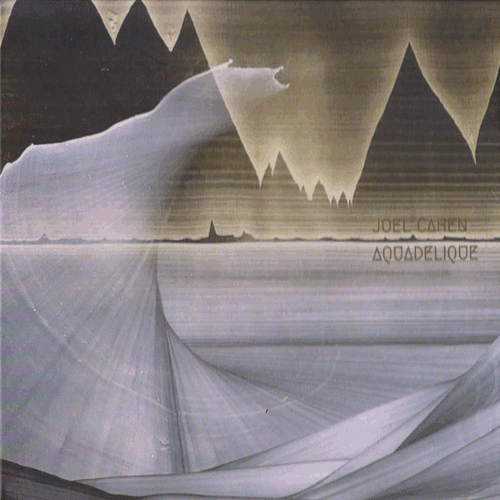 For me personally, Some Bizzare were the go-to label for releases. From Soft Cell’s emergence through the glamour heyday of the Blitz Club and the Futurist / New Romantic angle, to its change towards putting out artists that were considered to be industrial music.
For me personally, Some Bizzare were the go-to label for releases. From Soft Cell’s emergence through the glamour heyday of the Blitz Club and the Futurist / New Romantic angle, to its change towards putting out artists that were considered to be industrial music.
The label dared to be different and confrontational. Even back then in the music press there were stories flying around about how erratic Stephen Pearce AKA Stevo was with the way he dealt with labels, publishing companies and the music press; there were also tales of drug-fuelled debauchery that would be told with seedy pleasure by Marc Almond.
In the end, the label seemed dark and dangerous, with even the pop hits of Soft Cell pointing towards a decadent and sleazy world that hid behind the bright lights of Soho, an area where the Some Bizzare offices were located.Wesley Doyle covers the whole dramatic story in this book and it certainly turns a few stories on their heads, while adding some more stranger bedfellows in their place. Similar in style to Dylan Jones’s books on David Bowie and the New Romantics, the story of the label is told in interviews with all the key players. This sometimes can be seen as an awkward way to put across the story, especially when there is no voice narrative from the author, however; letting the artists speak for themselves also opens greater areas of discussion as sometimes you are hearing more than one viewpoint on the same story, which probably means the reality is somewhere in-between.
The story is dealt with chronologically, with the first Some Bizzare compilation album featuring Soft Cell (of course) alongside Depeche Mode, Blancmange and B Movie (a band that should have been bigger than they were). It’s here we travel the path of New Romantic pop hits and the early UK Blitz Club scene.
As the glamour of the Blitz era began to fade, Stevo began to sign what would be considered industrial artists such as Einstürzende Neubauten and Test Dept among others, and the label’s face slowly began to change to a darker and more experimental phase. Gone were the Huw Feather– and Peter Ashworth-designed sleeves that epitomised the New Romantic era, to be replaced by the magnificent art of Val Denham with its more surrealistic overtones.
It’s here that Stevo signed Psychic TV and instead of naïve music business artists, he was dealing with Genesis P-Orridge and Peter Christopherson who were veterans of running their own label. For PTV, their association with Some Bizzare would only last for two albums before they jumped ship to form their own label again, this time called Temple Records. These signings would even have a dramatic effect on the way that Almond and Ball would approach their last album, and also the formation of the brief but beautiful sad-eyed Almond side project Marc And The Mambas.
But when you look at the label’s roster, you cannot deny Stevo’s ear for music, discovering some incredible artists and helping those more experimental musician gain a voice within a larger record industry, much in the same way Brian Eno’s Obscure label did in the ’70s for modern classical composers. Stevo comes across as being part music lover and part Del Boy, with some of his dodgy deals and it would be these that would effect the label in the long run.
Conform To Deform is a must-have history for those of us who bought the records and saw those bands live at the time; but hopefully it will also inspire others to check out the label’s incredible back catalogue, even if sadly many items are now out of print. There will never be another label like Some Bizzare and thankfully Wesley Doyle has finally told its story.
-Gary Parsons-



